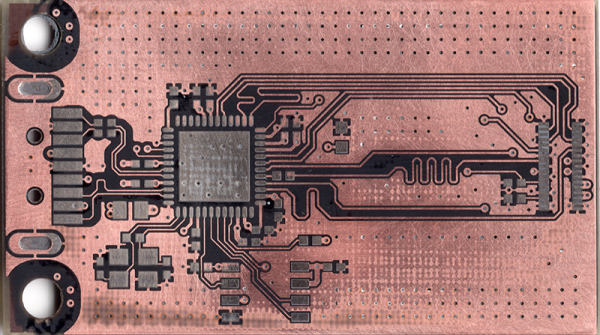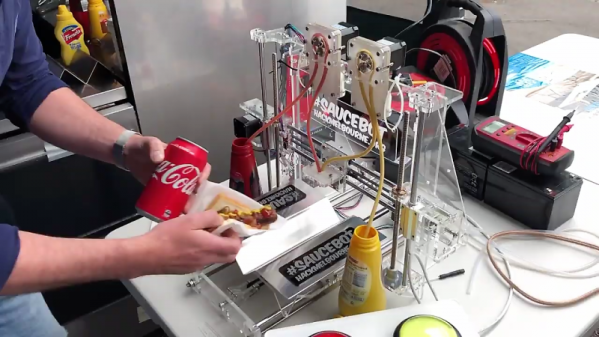On the outside chance that we ever encounter a space probe from an alien civilization, the degree to which the world will change cannot be overestimated. Not only will it prove that we’re not alone, or more likely weren’t, depending on how long said probe has been traveling through space, but we’ll have a bonanza of super-cool new technology to analyze. Just think of the fancy alloys, the advanced biomimetic thingamajigs, the poly-godknowswhat composites. We’ll take a huge leap forward by mimicking the alien technology; the mind boggles.
Sadly, we won’t be returning the favor. If aliens ever snag one of our interstellar envoys, like one of the Voyager spacecraft, they’ll see that we sent them some really old school stuff. While one team of alien researchers will be puzzling over why we’d encode images on a phonograph record, another team will be tearing apart – an 8-track tape recorder?














